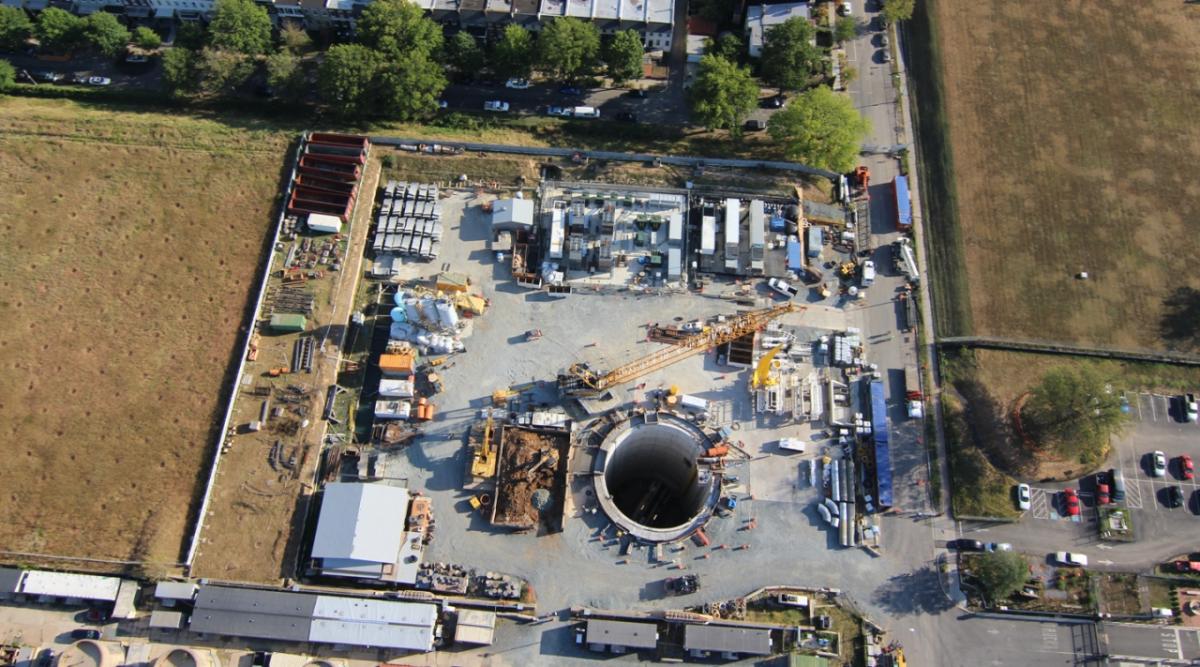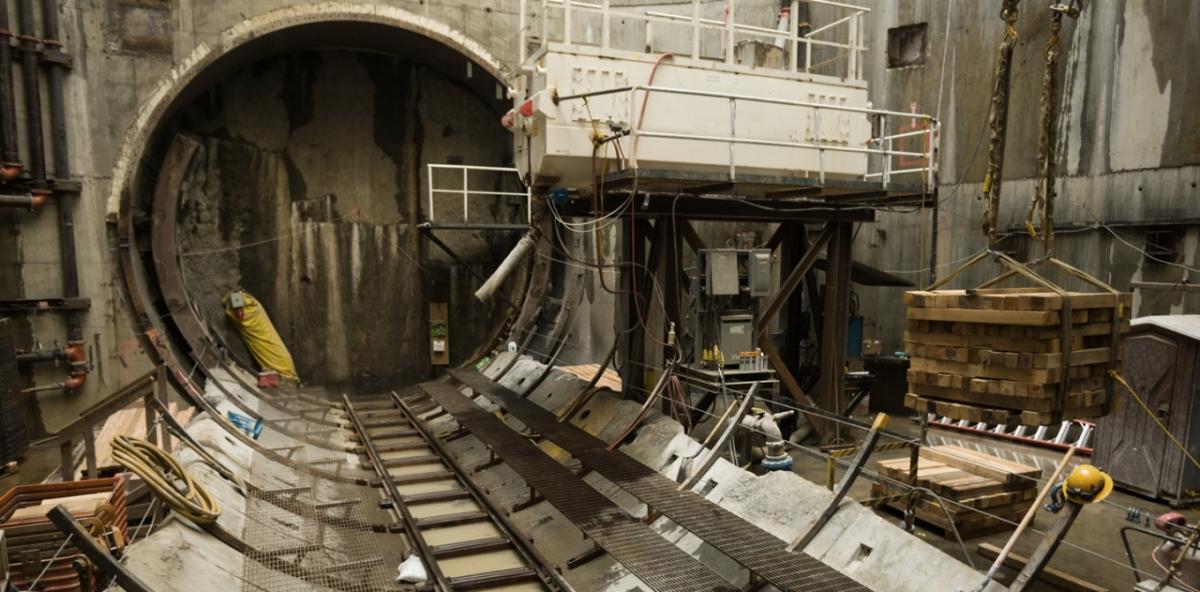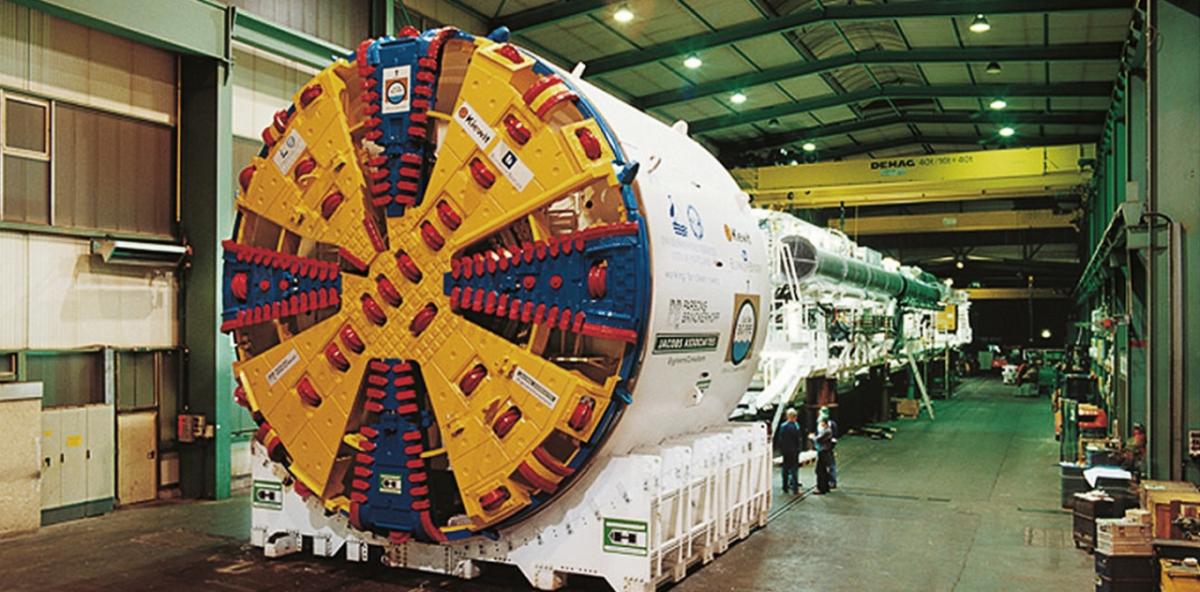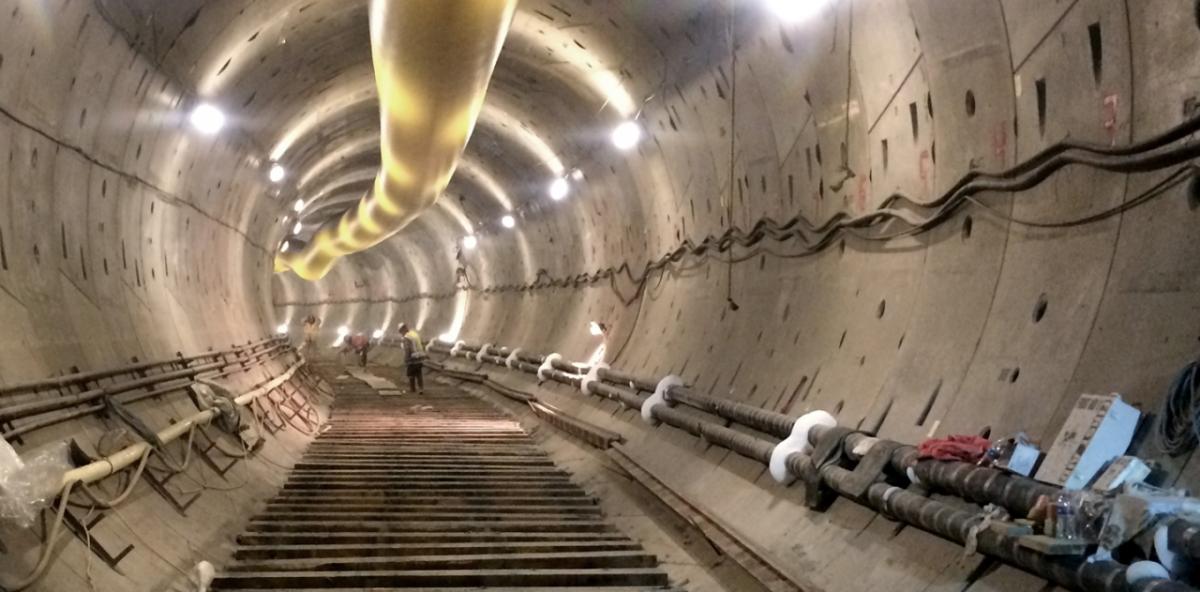Tunnels: Sustainable Solutions for Major Water and Wastewater Infrastructure
As public demands for sustainable infrastructure grows, urban leaders are taking a closer look at the economic, environmental and social benefits of underground tunnels.
The advantages of constructing water and wastewater infrastructure underground to serve cities have often been overlooked in favor of surface construction methods.
But that trend is shifting as the environmental, social and long-term economic benefits of constructing large-diameter underground tunnels are far greater compared with traditional cheaper surface conveyance methods, particularly in urban communities.
As a leading designer of water and wastewater infrastructure above and below the surface, WSP USA has been at the forefront of guiding urban leaders to find the most practical and beneficial system to suit their needs. While surface water conveyance systems may hold appeal in addressing short-term budgetary concerns, civic leaders committed to developing efficient Future Ready™ systems are favoring underground conveyance solutions.
“Constructing major infrastructure underground offers huge benefits, especially in heavily developed urban areas,” said Stephen Klein, senior engineering manager at WSP. “It avoids noise, air pollution, traffic disruptions and most utility impacts along the tunnel alignment.”
The underground system introduces a more reliable and resilient infrastructure to the network, including superior seismic performance compared to surface systems. Combined sewer overflow (CSO) tunnels help owners achieve conveyance and storage objectives.
“The benefits of a more reliable water supply system that an underground system can provide are tremendous,” Klein added. “But those advantages become very noticeable and critical when the region experiences the impacts of natural disasters like floods or earthquakes.”
Reducing Impacts
One factor that has played a role in this shifting trend toward underground infrastructure has been public opinion.
“Tunnels are typically more expensive than surface construction, which leads many agencies and elected officials to disregard tunnels in their initial planning efforts,” Klein said. “But the environmental impacts and disruption of constructing major surface water and wastewater infrastructure have become hot button issues for the public, which frequently generate significant opposition to surface projects.”
Tunnels, he added, often emerge as the solution that halts public opposition to the project and helps to build community support.
One of the main benefits of a tunnel solution is a reduction of construction impacts and community disruption. This applies to the environment as well as the quality of life for communities located along the alignment.
“Alignments can traverse parks, city streets, freeways or other public lands without impacting surface uses and may be able to shorten the alignment by taking a more direct route than would have otherwise been possible with surface construction, saving additional money for the construction and reducing future operational costs,” Klein said.
Additionally, there are sustainability opportunities that can decrease a project’s carbon footprint by reducing concrete and steel requirements. Cement can be replaced with fly ash and steel fiber, or polypropylene fiber, with reinforced linings.
The environmental impact can be reduced further with biodiesel, electric or hydrogen fuel cell-powered trucks to minimize emissions and energy consumption. Beneficial re-use of tunnel spoils is also an important consideration, especially in rock tunnels where the spoils, if suitable, could be used be used as a source for concrete aggregate or road base material.
Successful Tunnels
Water infrastructure projects like the Portland CSO Program and DC Water’s CSO Program benefitted from tunnel solutions that garnered widespread public support.
The Portland tunnel project involved the construction of 10 miles of tunnel on both sides of the Willamette River to collect, store and transport overflows to a pump station to be treated before returning to the river, as part of the city’s Clean River Program. WSP served as lead designer for both the East Side and West Side tunnels that traversed sensitive neighborhoods in downtown Portland.
WSP also provided construction and inspection management for the DC Water tunnel project, part of the Clean Rivers Program to reduce pollution in the Potomac River and its tributaries. The project included the 5-mile-long, 23-foot diameter Blue Plains Tunnel that mitigates discharges into Washington, D.C. rivers that are harmful to wildlife and the public.
WSP was also the designer for the First Street Tunnel in Washington, D.C. which provided the city’s northern neighborhoods with a sewage and storm water system to handle severe flooding conditions that once plagued the area.
Today, in California’s East Bay region, WSP is supporting the East Bay Municipal Utility District (EBMUD) on the Mokelumne Aqueducts Delta Tunnel project, a 16.5-mile-long, 15- to 20-foot diameter tunnel, that connects to an aqueduct which that provides the primary water supply for 1.4 million people living in an area that includes Oakland. The tunnel crosses the Mokelumne River Delta from east to west, beginning in Stockton and ending in Bixler.
WSP is providing project management and is leading a seismic analysis of the existing aqueducts, an alternatives analysis, tunnel conceptual design and cost estimating.
“The existing aqueducts – three pile-supported pipelines – are considered vulnerable and could fail during a large seismic or flooding event,” said Ken Johnson, WSP project manager for the Mokelumne Aqueducts Delta Tunnel. “A tunnel constructed beneath the unstable surficial soils will provide a more reliable water conveyance system for the District’s customers.”
Work on the project began in March 2020 and the initial planning and conceptual engineering will be completed in 2022.
“It is very rewarding to work on a project of this magnitude that is so important to so many people, including our friends and relatives many of whom are EBMUD customers,” Johnson said.
Public Engagement
In the case of the Portland and Washington, D.C. projects, public sentiment in favor of tunnel construction was reached early in the planning process. Achieving that level of public engagement and persuasive support first requires clear communication of options, benefits and drawbacks that establishes a relationship of trust with the public.
“It is important to provide accurate information to the public to develop and maintain credibility,” Klein said. “In responding to questions, it is not necessary to have all of the answers on the spot, but it is important to get back to the public with answers when you have them, in a timely manner. Setting realistic expectations is also important.”
In communities with a significant non-English speaking population, he said that translators or staff who can address the public in their native language is critical and reduces the likelihood of any misunderstandings about key information.
When a plan provides additional opportunities to improve the quality of life in a community, it can further solidify that public support, such as a new or renovated public part, a job or internship program with the project, or tangible safety and security improvements.
“The community wants to know you are genuinely interested in their concerns,” Klein said. “Civic and community input is instrumental in guiding the process.”
When the wishes of the public and stakeholders unite on a large-diameter underground tunnel as the best option for the long-term benefits of their community, he added, “it becomes clear that underground infrastructure utilizing tunnels provides civic leaders and their citizens with a ‘win-win’ approach.”
[To subscribe to Insights, contact the editorial staff at insights@wsp.com.]





